India Defies U.S. Tariff Threats to Protect Farmers Amid Trade Deadlock
India pledged on Thursday to safeguard its agriculture sector, a key issue stalling trade negotiations with the United States. The U.S. has threatened to impose 25% tariffs starting Friday, prompting criticism from India’s opposition and a dip in the rupee’s value. Without an agreement, India faces tougher trade terms than other major economies, which could harm its economy—a vital U.S. ally in Asia countering China’s influence.
Subscribe to the Reuters India File newsletter for the latest updates on India’s global impact.
Talks continue but are stalled over U.S. demands for India to open its agricultural markets. Farming employs over 40% of India’s workforce, making it a powerful voting group in the world’s most populous country. Trade Minister Piyush Goyal emphasized in parliament that protecting farmers and small businesses is a top priority.
U.S. Treasury Secretary Scott Bessent expressed frustration with India on CNBC, stating the trade deal’s fate lies with New Delhi. President Donald Trump announced the tariff threat on Wednesday, alongside penalties for India’s ties with Russia and its BRICS membership. On Truth Social, Trump dismissed India’s economic ties with Russia, saying they could harm both nations.
India’s stock markets, the Nifty 50 and BSE Sensex, dropped 0.9% early Thursday but closed 0.4% lower. The rupee fell 0.2% to 87.5950 against the dollar, hitting a five-month low.
Relations between the two nations are cooling. Unlike the EU, Japan, and South Korea, which recently secured U.S. trade deals, India has failed to reach an agreement, fueling opposition anger. Opposition leader Rahul Gandhi accused the government of ruining India’s economic, defense, and foreign policies.
Economists warn the tariffs could hinder India’s manufacturing goals and reduce economic growth by up to 0.4% in the fiscal year ending March 2026. Priyanka Kishore from Asia Decoded doubts further talks will significantly improve India’s position compared to neighbors like Vietnam (20% tariff), Indonesia (19%), Japan, and the EU (both 15%).
On Wednesday, Trump announced a trade deal with Pakistan, India’s rival, which could lower tariffs on Pakistani exports. Details remain undisclosed. India-Pakistan tensions, heightened by a brief conflict in May, have strained U.S.-India talks. New Delhi has protested Trump’s growing ties with Islamabad.
Despite past camaraderie between Trump and Prime Minister Narendra Modi, India has toughened its stance toward the U.S. Trump claims credit for a May 10 India-Pakistan ceasefire, but India denies his involvement or that trade threats influenced it.
The U.S., the world’s largest economy, has a $45.7 billion trade deficit with India, the fifth-largest economy. As talks falter, India’s commitment to its farmers remains firm, but the economic stakes are high.
Highlights
India refuses to open agricultural markets under U.S. pressure
Trump threatens 25% tariffs; rupee drops to five-month low
Trade talks stalled amid U.S. frustration and India’s BRICS ties
New U.S.-Pakistan trade deal adds tension to Indo-U.S. relations
Tariffs could reduce India’s GDP by 0.4% in FY2025-26
Connect with us through social media
Facebook:
 https://www.facebook.com/profile.php?id=61577015427068
https://www.facebook.com/profile.php?id=61577015427068X (Twitter):
 https://x.com/times_555
https://x.com/times_555Instagram:
 https://www.instagram.com/the_eastern_times_/?next=%2F&hl=en
https://www.instagram.com/the_eastern_times_/?next=%2F&hl=enMail (Email):
 contact.theeasterntimes@gmail.com
contact.theeasterntimes@gmail.com

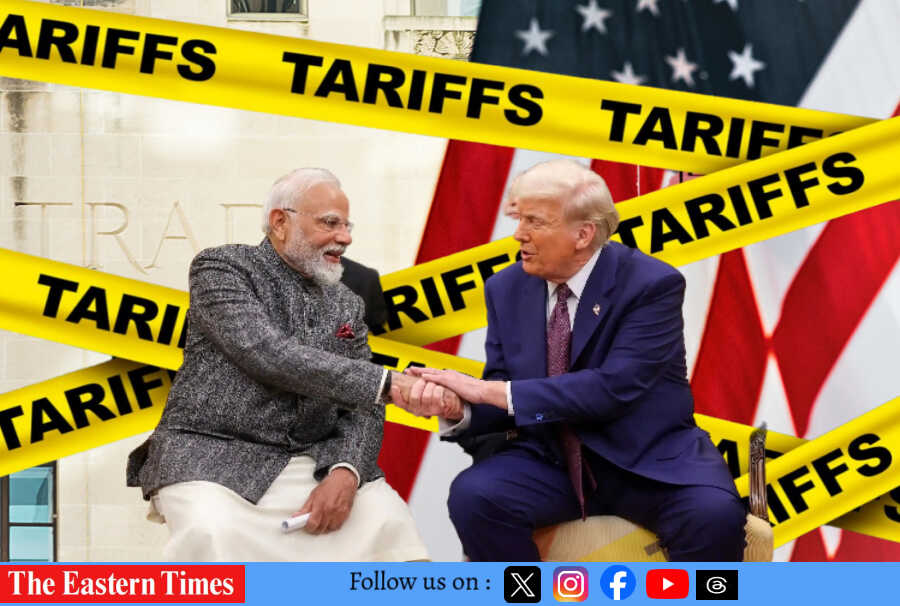

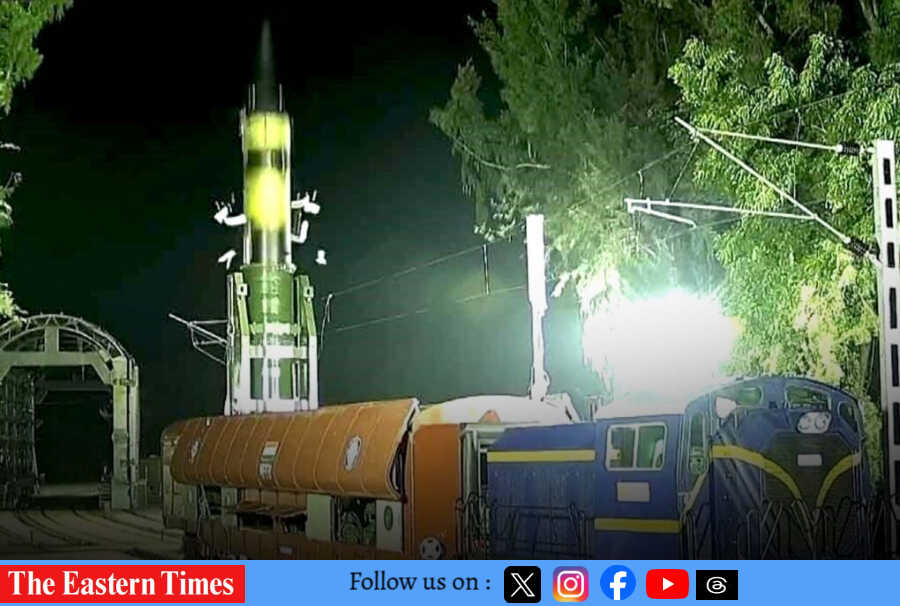

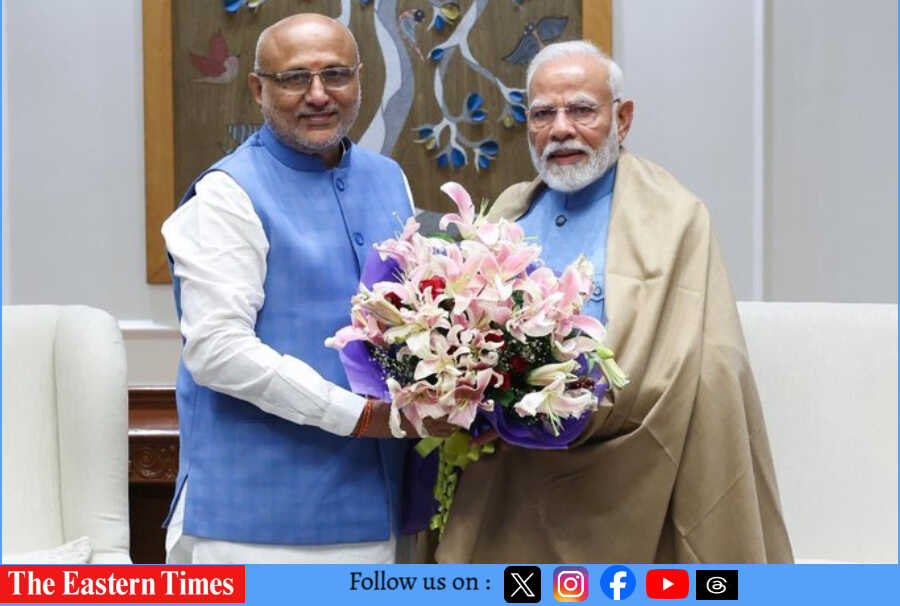
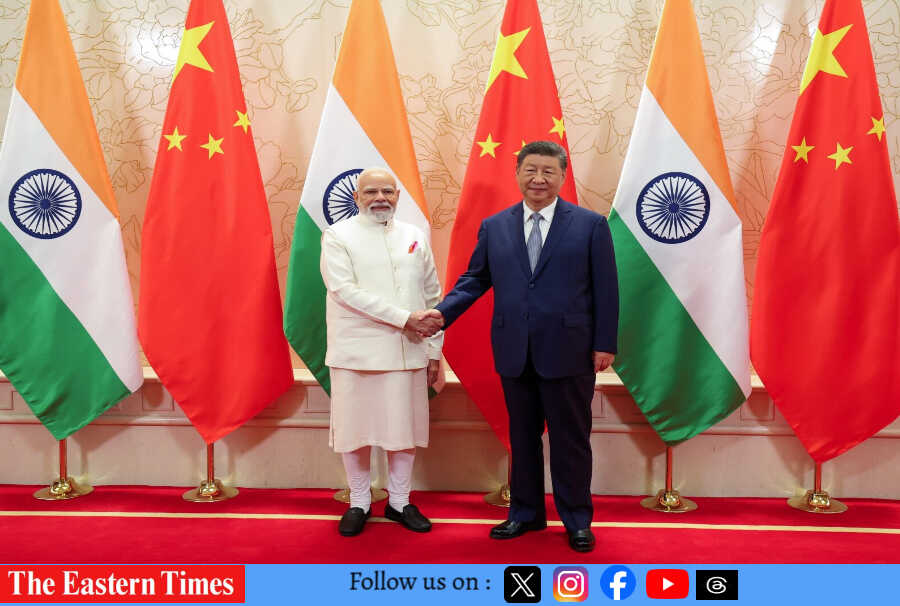

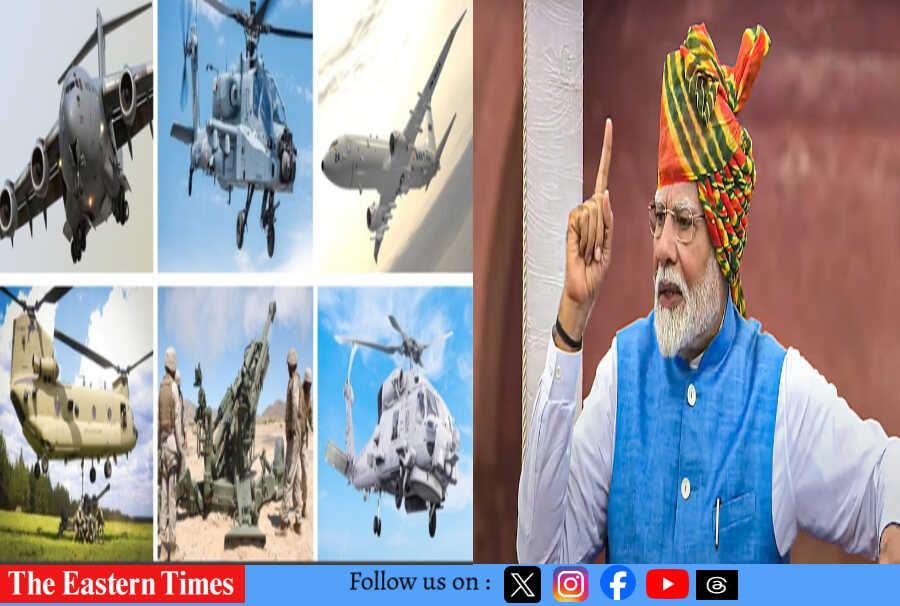
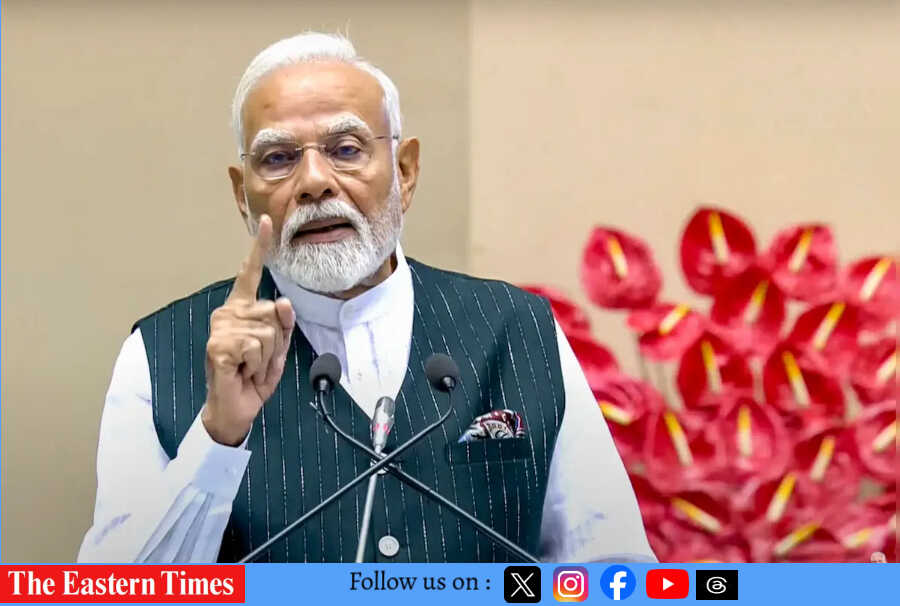

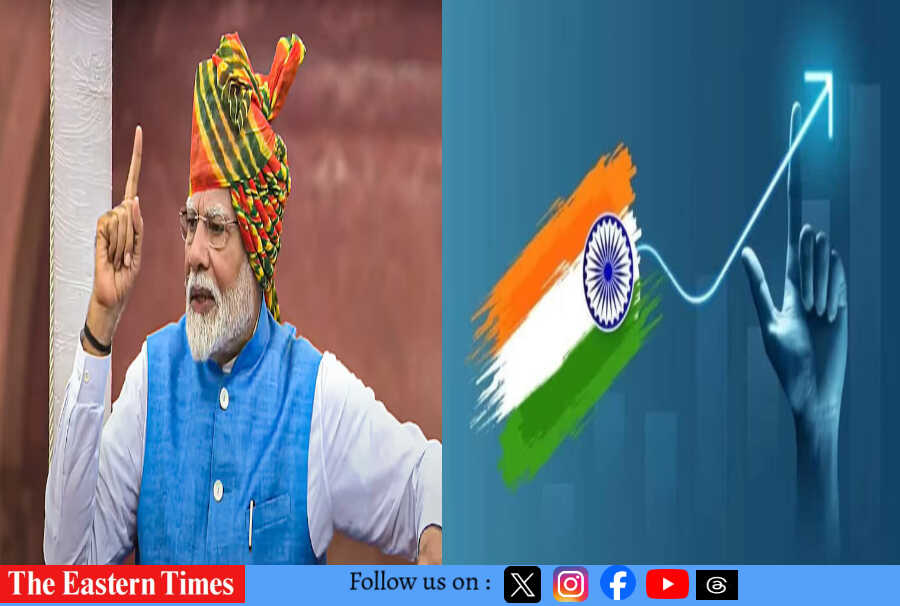

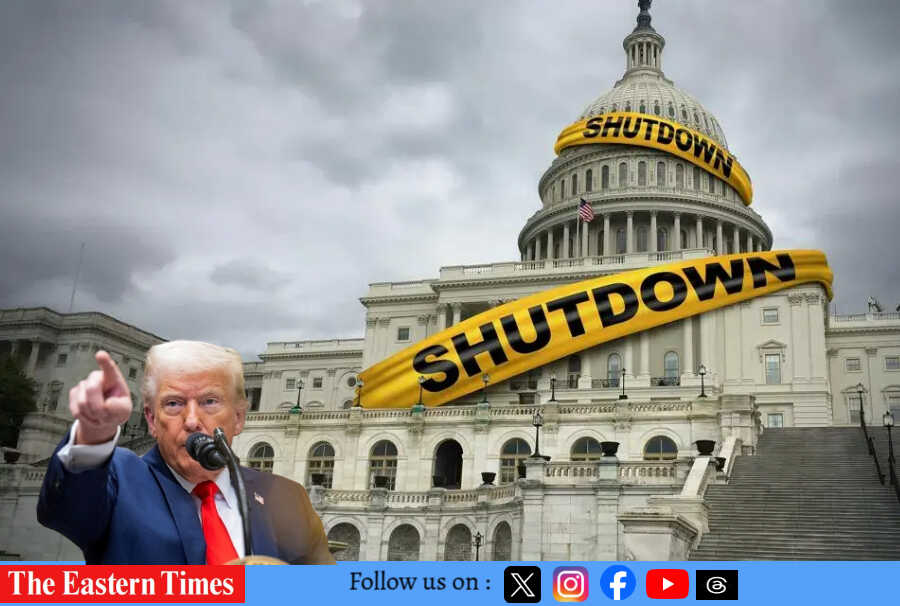



Leave a Reply